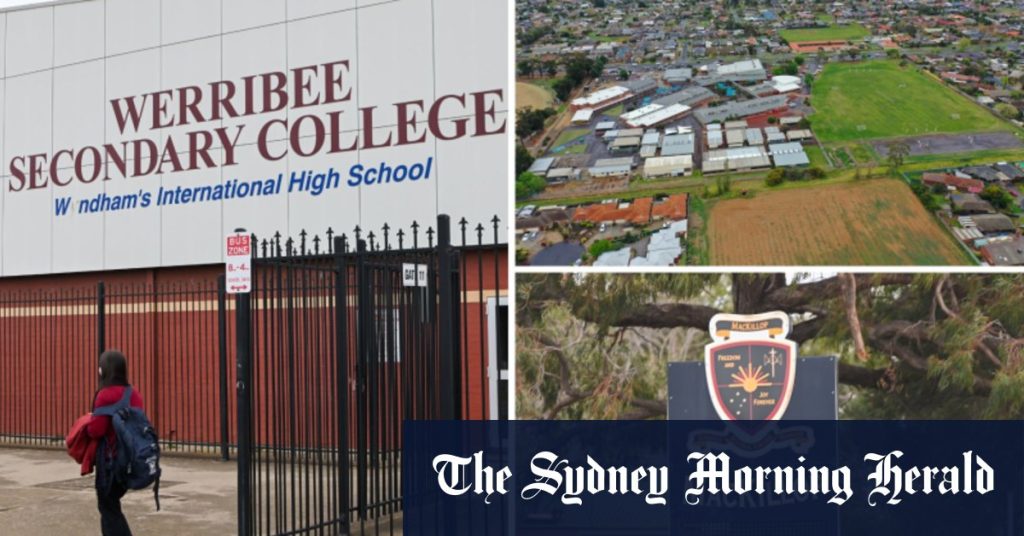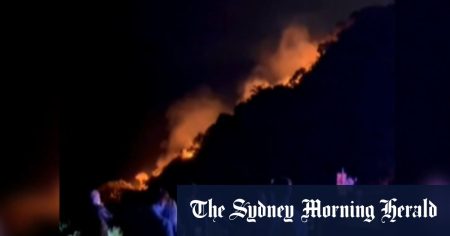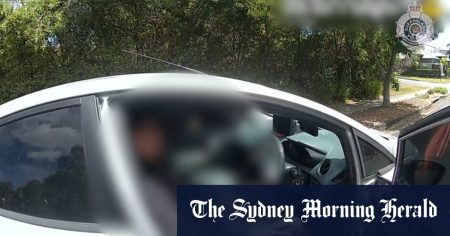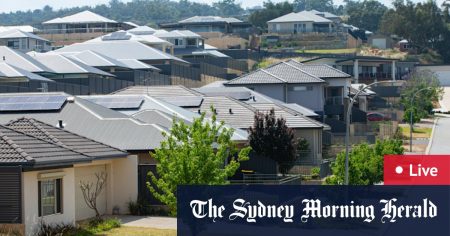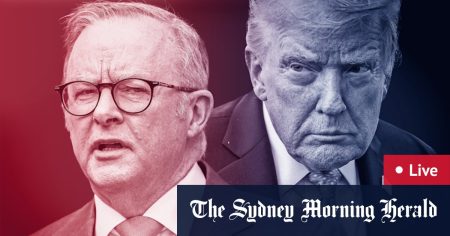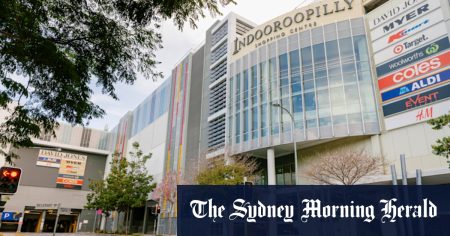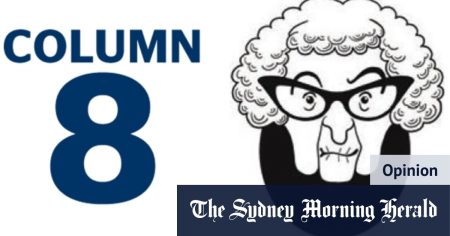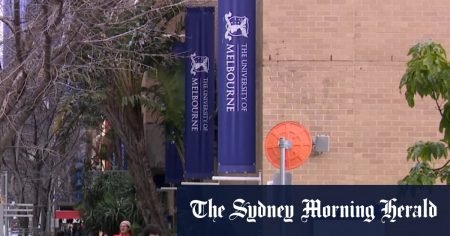The Australian Education Union (AEU) conducted a report comparing the government funding received by private and public schools, finding discrepancies in funding levels. The report used a strict methodology to compare schools of the same type with very similar student, parental, and household characteristics. The AEU found that some private schools received significantly more government funding per student than public schools with similar profiles. For example, MacKillop Catholic Regional College diverted $6.5 million of income into capital works between 2020 and 2022. The report highlighted the disparity in funding between schools and the impact it has on resourcing and staffing.
Independent Schools Australia countered the AEU’s report, stating that independent schools serve a diverse range of communities with unique needs, and funding reflects that diversity. ACARA data showed that independent school students receive an average of $12,160 per student, while public school students receive $22,510 largely due to state government contributions. The CEO of Independent Schools Australia, Graham Catt, expressed disappointment in the attacks on individual non-government schools and emphasized the importance of ensuring every Australian child receives the best possible education, regardless of school sector.
Schools in Australia are funded through a combination of Commonwealth, state, and territory government funding, as well as money from fees, charges, and other parental or private contributions. State and territory governments provide most of the public recurrent funding for government schools, while the Commonwealth provides the bulk of the public recurrent funding for non-government schools. Total recurrent government funding for schooling in 2021-2022 was $78.69 billion, with $53.5 billion coming from state and territory budgets and $25.1 billion from the Commonwealth.
Schools face challenges due to funding shortfalls, with programs for students falling behind in literacy and numeracy at risk. Werribee principal Amanda Mullins highlighted staffing and funding challenges in running programs for students with the most need. States and territories are negotiating with the federal government to ensure public schools reach 100% of the Schooling Resourcing Standard (SRS) agreed upon under the Gonski reforms. However, a Coalition-era watering down of agreements means states only have to show they are on a path to eventually reaching 95% of the minimum agreed resourcing requirement.
Victoria education union president Meredith Peace emphasized the urgency for full SRS funding for all public schools based on the data presented. The call for full funding is crucial to ensure public schools and their students are not disadvantaged. The Victorian Catholic Education Authority did not respond to requests for comment on the funding discrepancies. The debate over funding levels for private and public schools continues, with stakeholders advocating for fair and equitable funding to provide all students with the resources they need for a quality education.




